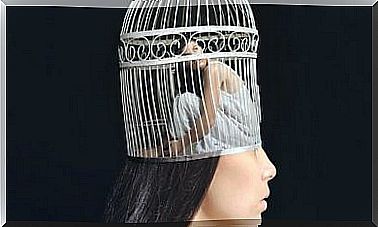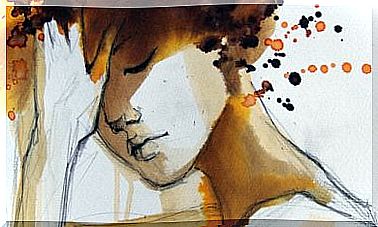The Frightening Influence Of Sensory Deprivation
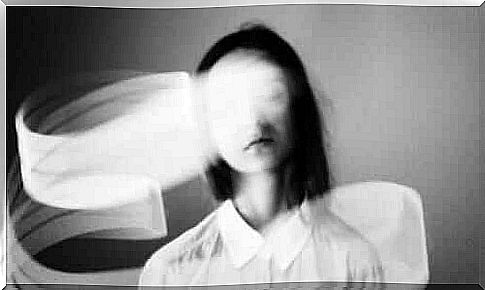
The first studies on sensory deprivation date back to the 1950s. However, it is possible that there were secret investigations as far back as that decade. Researchers at McGill University in Montreal, Canada were the first to conduct related experiments on volunteers.
In its most basic form, sensory deprivation is the partial or total restriction of stimuli from one or more senses. It means blocking, for example, sight, hearing, touch, or everything at the same time. People use these things for therapeutic or research purposes, but also for torture.
Unfortunately, the latter application has actually made people interested in sensory deprivation. After World War II, there were reports of prisoners confessing to anything without being beaten.
It was torture enough that jailers deprived their senses of environmental stimuli to effect major changes in their willpower.
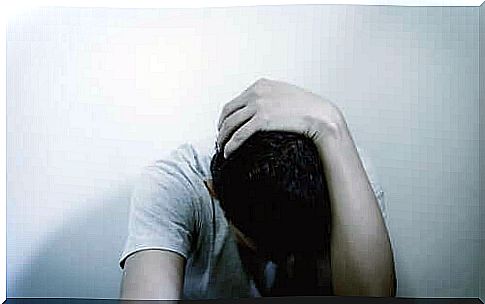
The conditions of the experiments
Basically, the researchers only worked with three types of experimental conditions when it comes to sensory deprivation. At least this is the case for the studies we know of.
The first is the Bexton, Heton, and Scott’s study, which dates back to 1954. Second, we have the 1958 Wexler, Mendelson, Liederman, and Solomon study. The third is Shurley’s 1960 study.
- First situation. The sensory deprivation is not absolute. The volunteers lie on a bed in an isolated but lit room. They wear dark glasses, gloves and some cardboard capsules on their hands. They stay there for two to six days.
- Second situation. The volunteer lies on a mattress inside a capsule that restricts their movements. This capsule is a room with bare walls and a minimal amount of light. They stay in this situation for 36 hours.
- Third situation. The researchers submerge the completely naked volunteers in a water tank. They wear a mask that allows them to breathe, but not to see or hear anything. They do not touch the bottom of the tank. The volunteers will remain in this situation as long as they can stand it.
Sensory Deprivation and Perception Processes
The experiments the researchers conducted primarily assessed whether these conditions altered perception processes. They concluded that this was the case.
The deprived experience mainly involved strong visual disturbances. The volunteer saw static objects as if they were moving and constantly changing shape or size.
They saw things like walls that move and tables that move. They also have greater visual sensitivity. After a few days, they perceive the stimuli more slowly. Subjects saw straight lines as an S shape. They also experience other hallucinations.
At the same time, there is also a general disorientation when it comes to touch and the perception of space and time. In one of the experiments, researchers showed how the effects of social isolation are comparable to those of sensory deprivation.
Cognitive Effects
Many of the volunteers indicated that they wanted to use their period of participation in the experiment to think about personal issues they didn’t have time for.
At first they could, but as the hours went by, it became harder and harder to focus on their thoughts. After a while they were unable to even count to thirty.
The researchers found that the subjects’ ability to remember and store information improved after the experiments. At the same time, however, the ability to abstract, generalize and reason mathematically was diminished.
Surprisingly, learning ability improved in people who experienced sensory deprivation, rather than in people who don’t. However, their motor skills deteriorate significantly, especially after 48 hours or more of not experiencing stimuli.
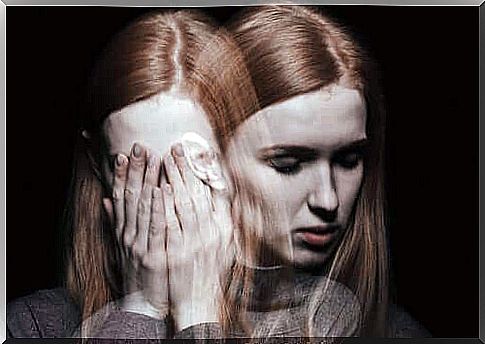
Some interesting conclusions about sensory deprivation
Simply put, all experiments showed that it is possible to induce states of pseudopsychosis through sensory deprivation.
That’s a temporary psychosis. We add the prefix “pseudo” because when the experiment is over and the participant goes back to his or her normal life, he or she also recovers all of his or her normal abilities.
One of the most interesting results was that supposedly “normal” people experienced hallucinations during sensory deprivation. However, in the people who had been diagnosed with schizophrenia, the hallucinations had disappeared.
Similarly, the researchers found that each individual’s personality plays a role in how they will experience sensory deprivation. All volunteers make an effort to adapt to the circumstances, but a large part of them tend to focus on the past and end up in depression.
Almost all of them also become more impressionable. Therefore, the effects of psychological torture in this state are all the greater, as are those of psychological therapy.




